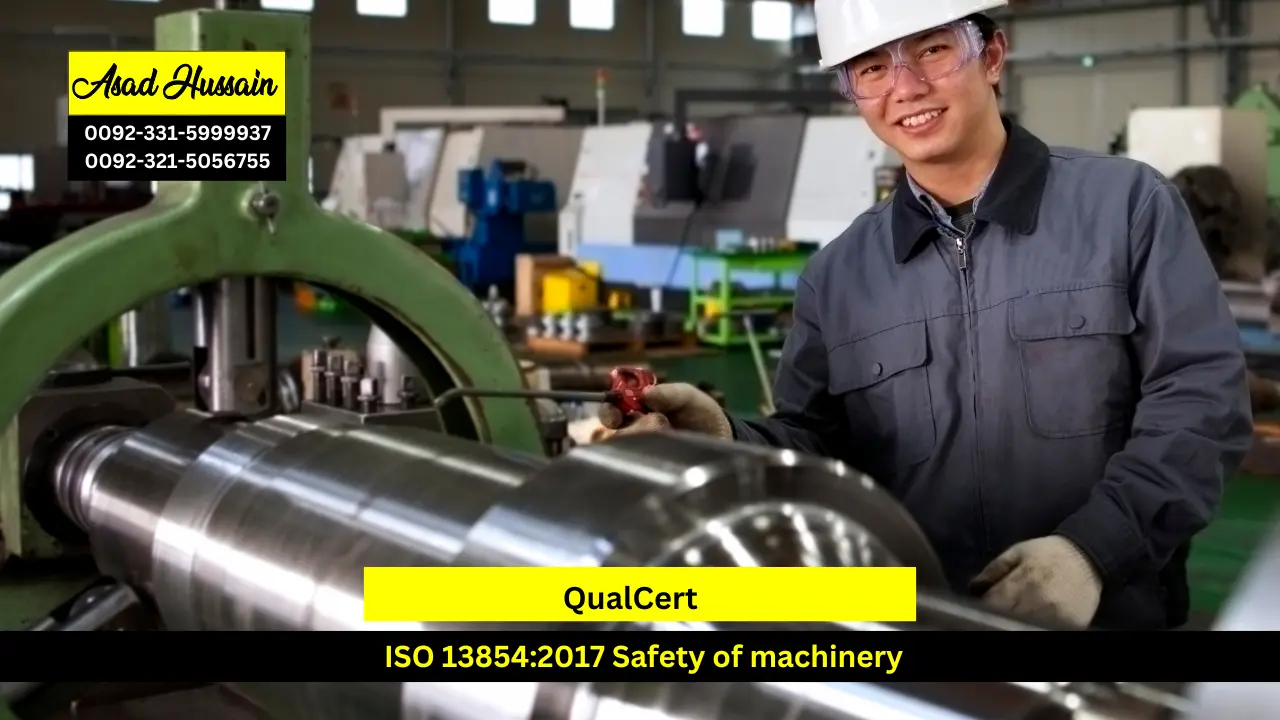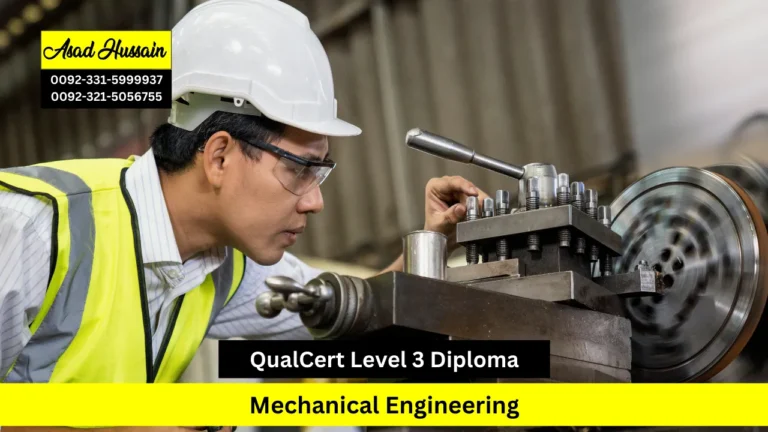In today’s fast-paced industrial environment, ensuring the safety of machinery is paramount to protecting workers and maintaining efficient operations. ISO 13854:2017, titled “Safety of Machinery – Minimum gaps to avoid crushing of parts of the human body,” provides crucial guidelines for safeguarding against potential injuries caused by machinery. This international standard is a key component in the broader framework of machinery safety standards, offering specific recommendations to prevent accidents and injuries.
ISO 13854:2017 is an international standard developed by the International Organization for Standardization (ISO). It focuses on the design and implementation of machinery safety measures to prevent crushing injuries. The standard provides guidelines for the minimum gap dimensions required between moving parts and fixed structures to prevent parts of the human body from being caught or crushed.
ISO 13854:2017 plays a critical role in safeguarding workers and ensuring the safe operation of machinery. By setting clear guidelines for gap dimensions and safety design, this standard helps prevent crushing injuries and promotes a culture of safety in industrial environments. Adopting ISO 13854:2017 not only enhances safety but also supports regulatory compliance and boosts organizational reputation. For manufacturers and safety professionals, understanding and implementing this standard is essential for creating a safer and more effective working environment.
Program Highlights
Mandatory Units
- Introduction to Machinery Safety Standards
- Fundamentals of Crushing Hazards
- Principles of Minimum Gaps
- Design Considerations for Minimum Gaps
- Testing and Verification of Minimum Gaps
- Implementation and Compliance
- Case Studies and Practical Applications
- Maintenance and Troubleshooting
- Regulatory Framework and Standards
Entry Requirements for ISO 13851:2019 in Machinery Safety
- Educational Background:
- Applicants must hold a high school diploma or equivalent qualification.
- A background in engineering, technology, or a related field is preferred but not mandatory.
- English Language Proficiency:
- Proficiency in English is essential for successful completion of the course.
- Prerequisite Knowledge:
- Basic understanding of machinery safety principles and terminology is recommended.
- Familiarity with engineering concepts such as mechanical systems and safety devices is beneficial.
- Technical Skills:
- Applicants should possess basic computer skills, including proficiency in Microsoft Office applications.
- Familiarity with CAD software and machinery design tools may be advantageous but is not required.
- Health and Safety Considerations:
- Due to the practical nature of the course, applicants should be physically capable of participating in hands-on activities safely.
- Applicants with any health conditions that may affect their ability to participate in practical exercises should provide relevant medical clearance.
- Work Experience:
- While not mandatory, relevant work experience in engineering, manufacturing, or occupational safety may be beneficial.
- Work experience provides practical insights and enhances understanding of course concepts.
- Age Requirements:
- Applicants must meet the minimum age requirement set by the institution offering the course.
- Typically, applicants should be at least 18 years old.
Introduction to Machinery Safety Standards
- Understand the Role of Machinery Safety Standards: Gain knowledge of the importance and purpose of machinery safety standards in ensuring safe operations.
- Identify Key Machinery Safety Standards: Recognize and differentiate between various international machinery safety standards, including ISO 13854:2017.
- Outline the Scope and Objectives: Describe the scope and objectives of ISO 13854:2017 and its relevance to machinery safety.
Fundamentals of Crushing Hazards
- Define Crushing Hazards: Understand what constitutes crushing hazards and the potential risks they pose to human safety.
- Identify Common Sources of Crushing Hazards: Recognize typical machinery configurations and scenarios where crushing hazards are prevalent.
- Assess Risk Factors: Evaluate the risk factors associated with crushing hazards and their implications for machinery safety.
Principles of Minimum Gaps
- Explain Minimum Gap Principles: Understand the principles behind establishing minimum gap dimensions to prevent crushing injuries.
- Interpret ISO 13854:2017 Guidelines: Accurately interpret the guidelines provided by ISO 13854:2017 for determining safe gap dimensions.
- Apply Gap Calculation Methods: Utilize methods for calculating appropriate gap dimensions based on machinery design and operational requirements.
Design Considerations for Minimum Gaps
- Integrate Safety Features: Learn how to incorporate safety features and minimum gap dimensions into the machinery design process.
- Evaluate Design Implications: Assess the implications of different design choices on safety gaps and overall machinery safety.
- Address Design Challenges: Identify and address common challenges in designing machinery with safe minimum gaps.
Testing and Verification of Minimum Gaps
- Understand Testing Procedures: Gain knowledge of testing procedures for verifying compliance with minimum gap requirements.
- Conduct Gap Measurements: Learn how to accurately measure and assess gaps in machinery to ensure they meet safety standards.
- Analyze Test Results: Interpret and analyze testing results to ensure that machinery adheres to ISO 13854:2017 guidelines.
Implementation and Compliance
- Develop Implementation Strategies: Learn how to develop and implement strategies for complying with ISO 13854:2017 in machinery operations.
- Monitor Compliance: Understand methods for monitoring and ensuring ongoing compliance with safety standards.
- Address Compliance Challenges: Identify and address common challenges in achieving and maintaining compliance with ISO 13854:2017.
Case Studies and Practical Applications
- Analyze Real-World Case Studies: Examine case studies of machinery safety incidents and their relation to minimum gaps and crushing hazards.
- Apply Knowledge to Practical Scenarios: Apply the principles and guidelines from ISO 13854:2017 to practical machinery design and safety scenarios.
- Evaluate Solutions and Outcomes: Evaluate the effectiveness of different solutions and approaches in addressing crushing hazards and ensuring safety.
Maintenance and Troubleshooting
- Understand Maintenance Requirements: Learn the maintenance requirements necessary to ensure continued safety and compliance with minimum gap standards.
- Identify Common Issues: Recognize common issues and problems related to minimum gaps in machinery.
- Develop Troubleshooting Strategies: Develop effective strategies for troubleshooting and resolving issues related to machinery gaps and safety.
Regulatory Framework and Standards
- Understand the Regulatory Framework: Gain an understanding of the regulatory framework governing machinery safety and the role of standards like ISO 13854:2017.
- Identify Relevant Regulations: Identify and interpret relevant national and international regulations that impact machinery safety.
- Ensure Compliance with Regulations: Learn how to ensure compliance with regulatory requirements and integrate them into machinery safety practices.
This course is designed for professionals involved in the design, operation, and maintenance of machinery who are committed to ensuring safety in industrial environments. It is ideal for machinery designers, safety engineers, maintenance technicians, and quality assurance personnel who need a deep understanding of safety standards and practices. Additionally, regulatory compliance officers and safety managers will find the course valuable for staying current with international safety standards and enhancing their organizational safety protocols. Whether you are responsible for creating safety designs, conducting safety audits, or implementing safety measures, this course provides essential knowledge to help you meet and exceed ISO 13854:2017 requirements and ensure a safer working environment






